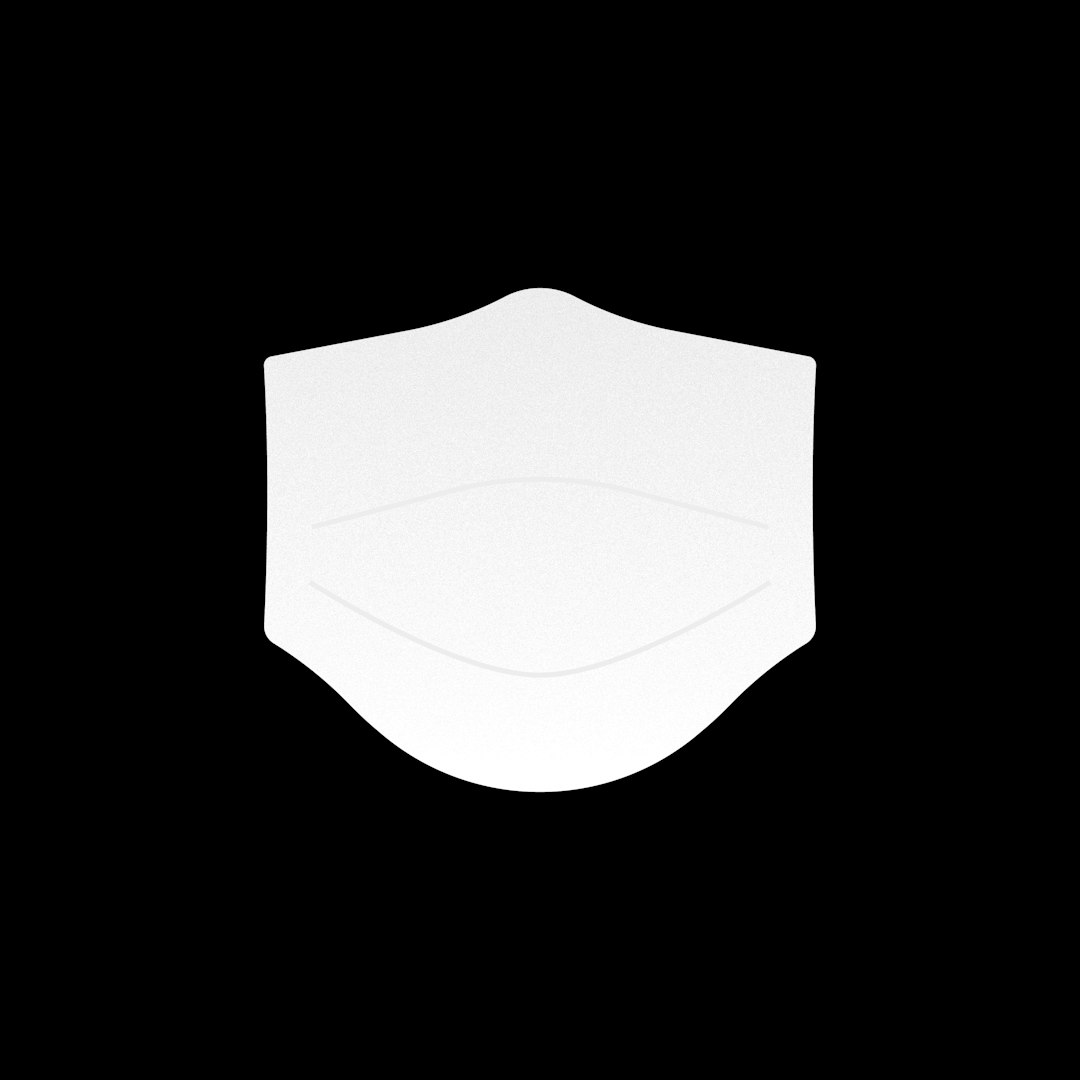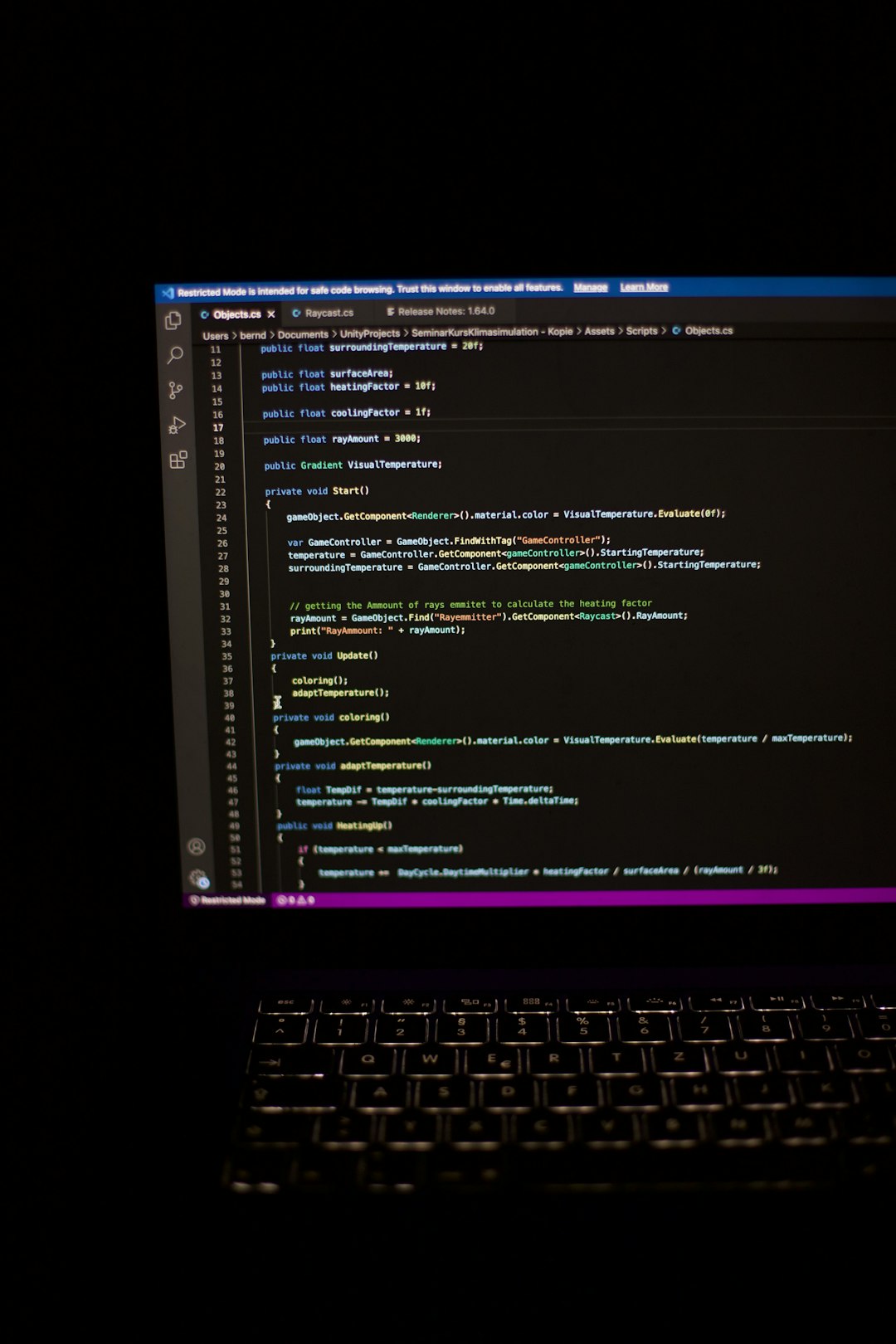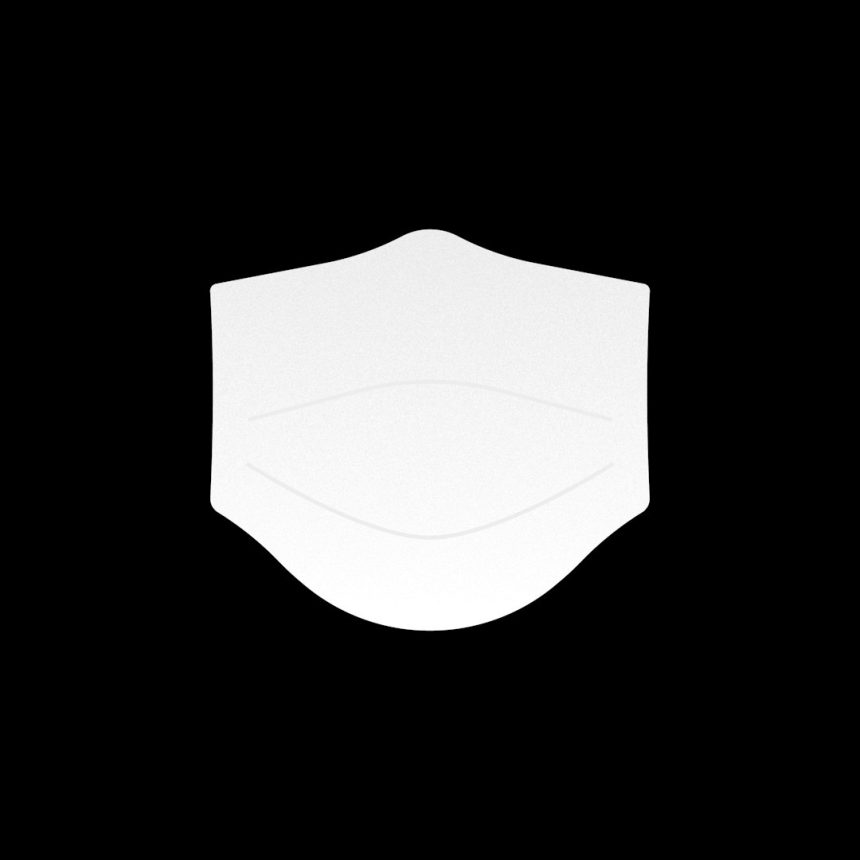When it comes to building a website, choosing the right Content Management System (CMS) is crucial—not just for design and usability, but also for security. Among the most popular open-source CMS platforms available today are WordPress and Drupal. Both platforms power millions of websites and offer a wide range of features, but how do they stack up in terms of security? In this article, we’ll dive deep into the security capabilities of these two giants and help you determine which platform offers better protection for your digital assets.
The Popularity Factor: Blessing or Curse?
WordPress is by far the most widely used CMS in the world, powering over 40% of websites on the internet. Its large user base, while indicative of its flexibility and ease of use, also makes it a popular target for hackers. Drupal, on the other hand, is less commonly used but is well-regarded for its strong security infrastructure, especially for large-scale and enterprise-level websites.

Here’s the catch: more popularity means more visibility, and that often invites more attacks. However, popularity doesn’t make a system inherently insecure. It just means that developers and users need to be more vigilant about applying updates, managing user roles, and hardening installations.
Out-of-the-Box Security Features
Let’s compare what each CMS offers right out of the box:
- WordPress: Simple and fast to install but light on security configurations by default. It requires third-party plugins or manual configuration for basic security elements like firewalls, spam protection, and login limitations.
- Drupal: Comes with a more secure default configuration. Features like user access control, database encryption, and a secure codebase are built into the platform, reducing the need for third-party security tools.
In terms of initial out-of-the-box settings, Drupal has an edge in prioritizing security without needing as many add-ons.
Security Plugins and Modules
Both WordPress and Drupal offer plugins (in WordPress) or modules (in Drupal) to enhance website security. However, how these are developed, maintained, and used varies significantly.
- WordPress: Security plugins like Wordfence, Sucuri, and iThemes Security are popular choices. These plugins offer features like malware scanning, brute-force attack protection, and firewall rules. However, reliance on third-party plugins means security is only as strong as the weakest add-on.
- Drupal: Offers tightly vetted modules maintained by a dedicated security team. Popular modules like Security Kit and Paranoia improve site integrity and reduce vulnerabilities. The Drupal community mandates a rigorous review process before a module is approved.
While both platforms offer security-enhancing tools, Drupal’s module quality assurance tends to be more stringent, contributing to overall system stability.
User Roles and Access Control
Another important aspect of CMS security is how user permissions are managed. Misconfiguration here can lead to unauthorized access or even data breaches.
- WordPress: Provides a basic user role system with roles like Administrator, Editor, Author, and Subscriber. While plugins can extend this functionality, the default system offers less granular control.
- Drupal: Offers a highly customizable access control system. Site administrators can create custom roles and assign specific permissions to each. This granularity is particularly useful for websites with diverse content responsibilities and administrative hierarchies.
In this arena, Drupal shines for enterprise environments or any situation where tight role-based access is critical.
Update and Patch Protocols
The speed and reliability with which a platform releases security patches can make or break your site’s defense against threats.
- WordPress: Frequently updates core software and allows automatic updates for minor patches. However, plugin and theme updates are managed separately and can often be neglected by users.
- Drupal: Also provides security updates regularly and has a dedicated security advisory team. The community actively investigates vulnerabilities, and site admins are promptly notified of necessary patches.

Both platforms do a good job in keeping their core systems updated, but Drupal’s centralized approach and active security team give it a slightly more proactive stance.
Community and Support
Security isn’t just about technology; it’s also about community vigilance. A strong, knowledgeable user base can help quickly identify and remedy vulnerabilities.
- WordPress: Has a massive community and extensive documentation. While this is a strength, the quality of support can vary widely, especially for security-related issues.
- Drupal: Has a smaller but highly experienced and security-focused community. Its developers are more inclined toward institutional-grade implementations, where security is a top priority.
If strong, community-driven security discussions are important to you, Drupal’s community may offer a more technical and focused environment.
Track Record and Real-World Incidents
Looking at historical data and past incidents offers insight into how each platform performs in the real world under attack.
- WordPress: Has been the target of numerous mass attacks, particularly due to the misuse or neglect of plugins. Many breaches result from outdated installations or weak configurations rather than flaws in the core system itself.
- Drupal: Has had fewer high-profile breaches, but it’s not immune. The infamous “Drupalgeddon” vulnerabilities in versions 7 and 8 highlighted how even sophisticated systems can be compromised if not properly maintained.
The key takeaway? No system is invulnerable. But when configured and maintained correctly, both platforms can be secure. However, Drupal seems to have a better reputation for enterprise-grade security resilience.
Ease of Use vs. Security
It’s important to note that higher security sometimes comes at the cost of usability. WordPress is known for its ease of use—almost anyone can install and set up a basic site in minutes. This convenience attracts users of all technical levels but may also lead to poor security practices.
Drupal, while more secure by design, comes with a steeper learning curve. Users need to understand technical aspects to unlock its full potential. For organizations that prioritize control and scalability over simplicity, this trade-off is well worth it.
Final Verdict: Which CMS Is More Secure?
So, after this deep dive, which CMS comes out on top in terms of security?
- Choose WordPress if you prioritize ease of use and are willing to invest in robust security plugins and good maintenance practices.
- Choose Drupal if security is a primary concern and you’re building a complex or large-scale site with multiple users, levels, and sensitive data.
Both platforms can power secure websites when used correctly. However, Drupal generally offers stronger security out of the box and is better suited for developers who can make the most of its in-depth features. On the other hand, WordPress requires more proactive effort on the user’s part to achieve similar levels of security but rewards with quicker deployment and greater user-friendliness.
Ultimately, the best choice depends on your project’s needs, your technical capabilities, and how much effort you’re willing to invest in maintaining a secure web environment.







